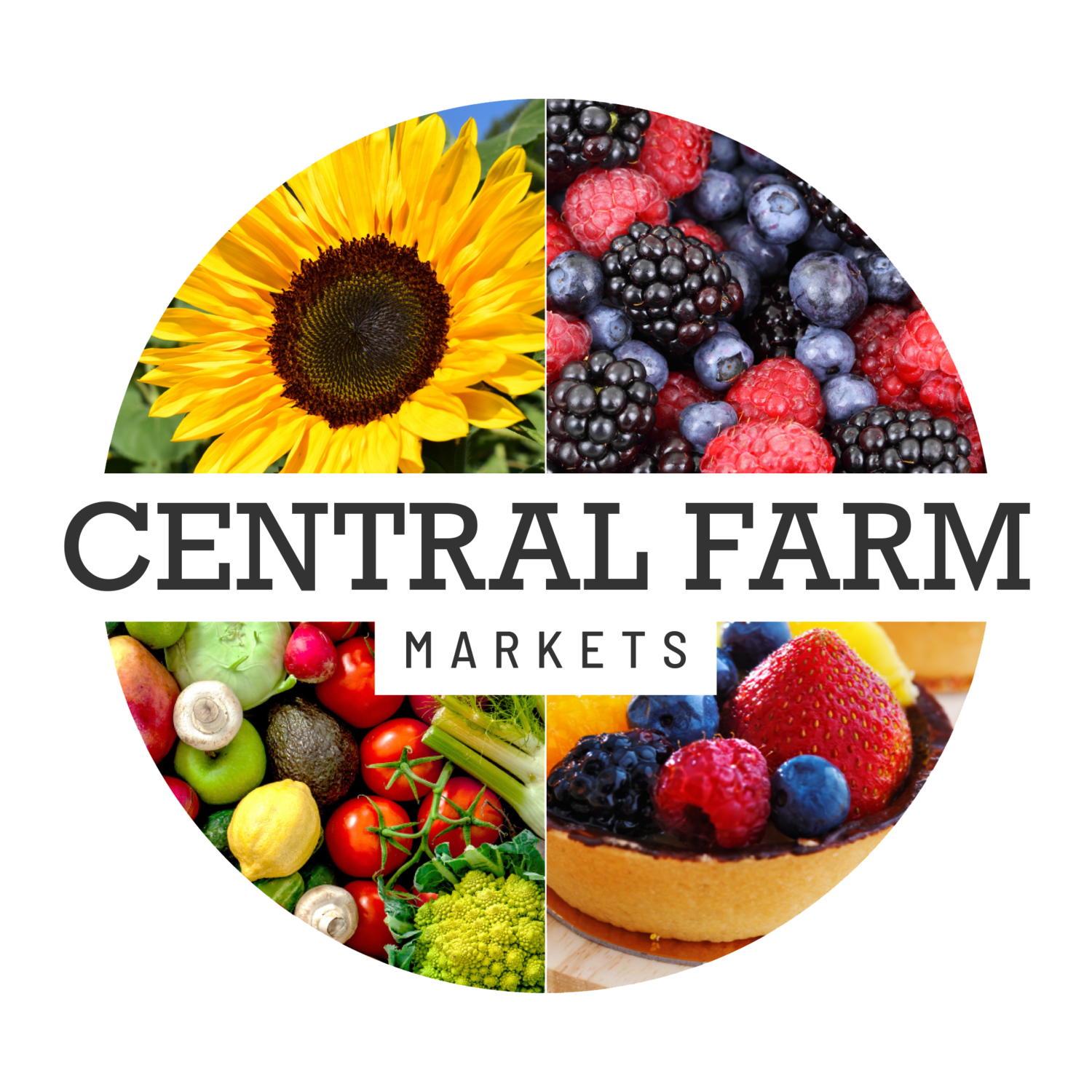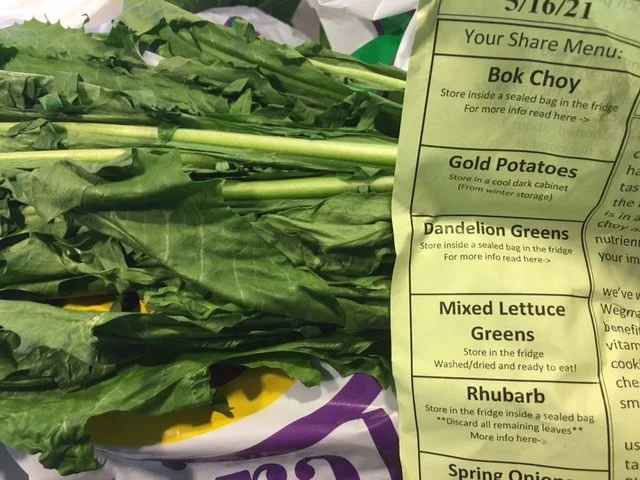Eating Weeds
While I stood in line to get my carrots and beets from a neighboring vendor a young woman inquired as to anyone at the market growing and selling elderberries. I kindly explained to her that even if anyone did sell them at the market they are not in season, the ones in my hedgerows only now beginning to send out stalks upon which their umbels will grow.
In all my years of going to market I’ve never seen anyone offer elderberries for sale. To me, they are simply something that grows in ditches along the road or in the hedgerows between fields which are sadly, something that is rapidly disappearing as farmers tear out the swaths of semi-wilderness in order to get in a few more rows of cultivated crops. They are seen as an unproductive collective of weeds where in fact they are critical areas of a healthy ecosystem housing and feeding a tremendous amount of biodiversity, including us.
In addition to elderberries, other edible and highly sought-after food stuffs from hedgerows include wild berries—hawthorn, sloe, service, black berries, raspberries, and wine berries. Other foraged favorites include pawpaw and native persimmons. While many of the farms may have these growing on the premises, they are not commercial crops that are harvested for market, instead picked only for personal consumption.
This got me thinking about all the foraged foods, and some now cultivated, that show up at the market yet most people would consider weeds. Here in America over $6 billion dollars are spent each year on 280 million pounds of weed killer each year. While the lawn care industry estimates property owners collectively spend over $200 million annually to rid their lawns of dandelions, when I opened my CSA share last week it included dandelion greens.
If you look closely in the salad mix from Young Harvests sometimes you’ll find purslane, a succulent with a tangy citrus flavor with more omega-3 fatty acids than any other leafy vegetable and seven times more beta carotene than carrots. But for most folks, it’s a weed that grows in the cracks of their sidewalks in need of pulling or spraying. Similarly, lambs quarters is another nutritional common weed. A member of the amaranth family, which also includes beets, chard, quinoa, and spinach, lambs quarters has a spinach-like flavor and can used as such.
Like dandelions, ditch daisies are another weed that shows up at the farmers market as a cultivated crop. What are they? You might know them as sun chokes or Jerusalem artichokes. These knotty tubers are actually a member of the sunflower family. In some parts of the country they are so invasive that they are prohibited from being cultivated or sold.
The one plant which I still vehemently consider a weed is burdock. Despite edible and medicinal uses, this plant is a bane to my agricultural endeavors. As much as I mow and weed whack each year these prolific plants manage to send up flowers that dry into burrs often ending up in the wool of the sheep.
Other coveted market goodies that might not be considered weeds yet are foraged include some species of mushrooms like morels, fiddleheads, and the much beloved ramps. You’ll know when you come across one of these delicacies as they will only appear for a few weeks out of the year and in limited quantities. A word of advice—always buy them when you see them. And if you can’t find them at the market, learn to identify them in the wild as you are most likely to find them growing along the side of the road.

